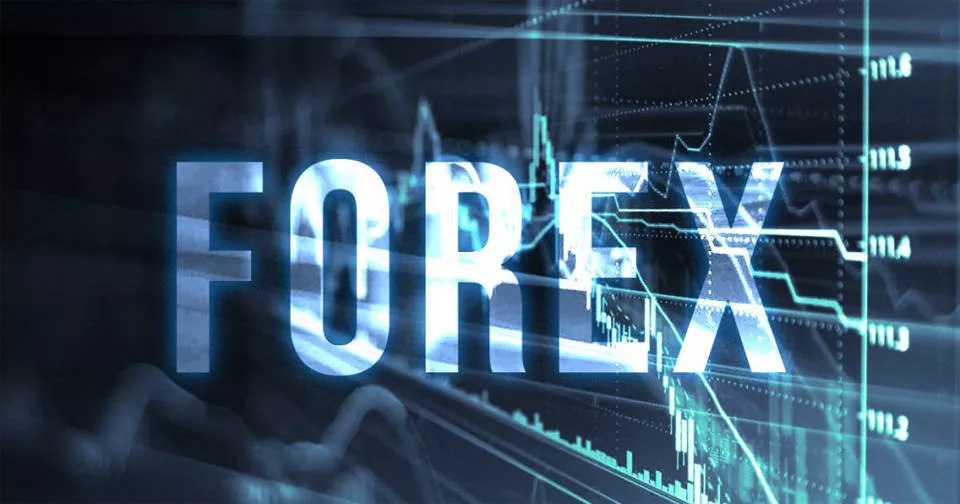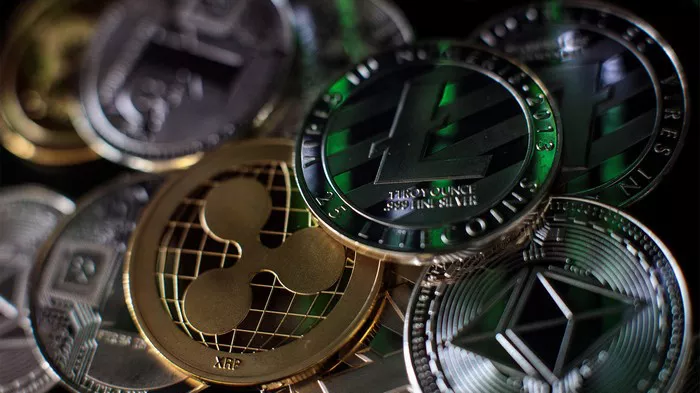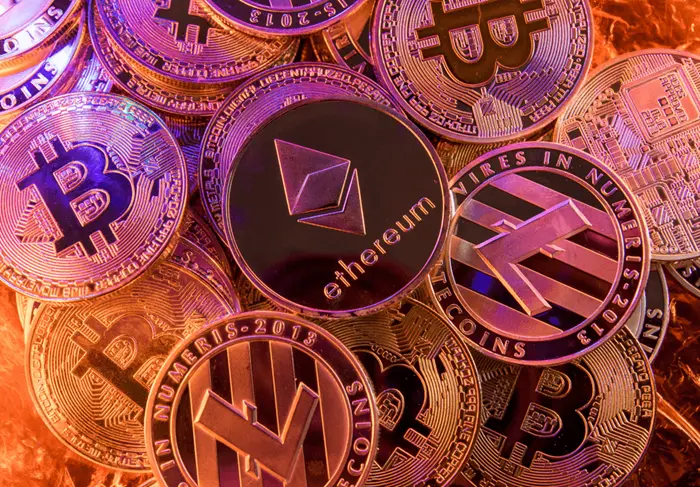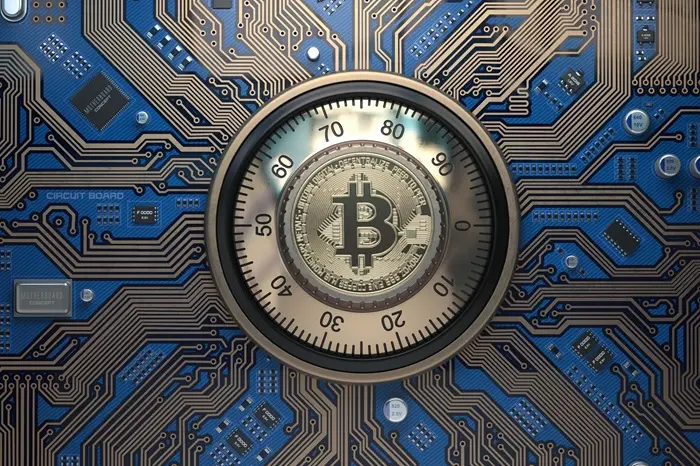Currencies play an essential role in the global economy. Their value is influenced by factors such as a country’s economic performance, interest rates, political stability, and trade balances. While the U.S. dollar (USD) is one of the most widely used currencies, it is not the most expensive in terms of exchange rate. Several currencies in the world have higher values than the USD, and understanding why these currencies are so highly valued can shed light on the global foreign exchange market.
In this article, we will explore which currency is the most expensive compared to the U.S. dollar, examine the factors that contribute to its strength, and discuss the broader implications of currency valuation.
What Does It Mean for a Currency to Be Expensive?
Currency Valuation and Exchange Rates
When we say a currency is “expensive” or “strong” compared to the USD, we are referring to its exchange rate relative to the U.S. dollar. Exchange rates measure how much one currency is worth compared to another. An “expensive” currency is one where you need fewer units of that currency to buy one U.S. dollar. For example, if 1 unit of a particular currency is worth 3 U.S. dollars, that currency is considered more expensive than the USD.
Purchasing Power and Currency Strength
While exchange rates tell us how currencies trade on the foreign exchange market, purchasing power measures how much goods and services you can buy with a currency. Countries with strong currencies tend to have higher purchasing power, meaning their residents can purchase more with fewer units of their currency compared to countries with weaker currencies.
Now, let’s turn to the key question: what is the most expensive currency compared to the USD?
The Most Expensive Currency: Kuwaiti Dinar (KWD)
As of 2024, the Kuwaiti Dinar (KWD) is the most expensive currency in the world when compared to the U.S. dollar. The exchange rate fluctuates, but 1 Kuwaiti Dinar is typically worth more than 3 U.S. dollars, making it the highest-valued currency globally.
Key Facts About the Kuwaiti Dinar
Exchange Rate: As of the latest data, 1 Kuwaiti Dinar equals approximately 3.25 to 3.30 USD. This makes the Kuwaiti Dinar more expensive than other strong currencies, such as the British Pound (GBP) and the Euro (EUR).
ISO Code: The ISO currency code for the Kuwaiti Dinar is KWD.
History: The Kuwaiti Dinar was introduced in 1961 to replace the Gulf Rupee, and its value has remained strong ever since. Kuwait’s economy is heavily reliant on oil exports, which contribute to the currency’s strength.
Managed Float: The Central Bank of Kuwait uses a managed float system, where the KWD is pegged to a basket of currencies. This system helps stabilize the Dinar’s value, even as the global economy fluctuates.
Why Is the Kuwaiti Dinar So Expensive?
The Kuwaiti Dinar’s high value relative to the U.S. dollar is due to several factors, including the country’s robust economy, high oil reserves, and prudent monetary policy.
1. Kuwait’s Oil Wealth
Kuwait has one of the world’s largest proven oil reserves, and its economy is heavily dependent on oil exports. Oil revenues generate substantial income for the government, allowing the country to maintain a trade surplus and strong foreign reserves. Since oil is priced globally in U.S. dollars, Kuwait benefits from selling oil on the international market while keeping its currency stable and strong.
2. Small Population and High GDP Per Capita
Kuwait has a relatively small population, but its per capita income is among the highest in the world. A smaller population with high oil revenues ensures that the government can provide generous welfare programs and invest in public services, which helps maintain the currency’s value. In addition, Kuwait’s high GDP per capita reflects its wealth and contributes to its strong currency.
3. Strong Foreign Reserves
Kuwait has significant foreign reserves, which are held by the Central Bank of Kuwait and managed to maintain the stability of the Kuwaiti Dinar. These reserves act as a buffer against external economic shocks and help ensure that Kuwait can defend its currency when needed.
4. Controlled Inflation and Prudent Monetary Policy
Kuwait’s central bank has been effective in controlling inflation and managing interest rates. By keeping inflation low and managing interest rates effectively, Kuwait ensures that its currency retains its value relative to other major currencies, including the U.S. dollar.
Historical Performance of the Kuwaiti Dinar
Since its introduction in 1961, the Kuwaiti Dinar has consistently been one of the strongest currencies in the world. While other currencies, like the British Pound and Euro, fluctuate more drastically in value, the Dinar has remained stable, even during periods of global economic uncertainty.
For example, during the 2008 financial crisis, many currencies depreciated against the USD, but the Kuwaiti Dinar remained relatively strong. Kuwait’s central bank intervened to maintain stability, which has helped the Dinar retain its status as the world’s most expensive currency.
Other Expensive Currencies Compared to the USD
While the Kuwaiti Dinar holds the title of the most expensive currency, several other currencies also have higher values compared to the U.S. dollar. These currencies include:
1. Bahraini Dinar (BHD)
The Bahraini Dinar (BHD) is another highly valued currency, with an exchange rate of approximately 1 BHD = 2.65 USD. Bahrain, like Kuwait, is a small but wealthy nation with significant oil reserves. The Bahraini Dinar has been pegged to the U.S. dollar since 1980, providing stability and making it one of the strongest currencies globally.
2. Omani Rial (OMR)
The Omani Rial (OMR) is another Gulf currency with a high value compared to the U.S. dollar. The exchange rate is around 1 OMR = 2.60 USD. Like Bahrain and Kuwait, Oman’s wealth is driven by oil exports, and the Omani government has managed to keep inflation low and the currency stable.
3. Jordanian Dinar (JOD)
The Jordanian Dinar (JOD) has an exchange rate of about 1 JOD = 1.41 USD. Unlike Kuwait and Oman, Jordan does not have the same level of oil wealth, but it has managed to maintain a strong currency through effective monetary policies and a fixed exchange rate to the U.S. dollar.
4. British Pound (GBP)
The British Pound Sterling (GBP) is one of the oldest and most widely traded currencies in the world. With an exchange rate of approximately 1 GBP = 1.25 USD, the British Pound is often considered a benchmark for currency strength. The Pound’s value is driven by the size and diversity of the U.K. economy, as well as London’s status as a global financial center.
5. Euro (EUR)
The Euro (EUR) is the official currency of 19 of the 27 European Union (EU) member countries. The Euro typically trades around 1 EUR = 1.05 to 1.10 USD. While not as expensive as the Kuwaiti Dinar or British Pound, the Euro is one of the most stable currencies in the world, thanks to the economic strength of the Eurozone.
See Also: How Much USD to Live in Japan?
Why Are Some Currencies More Expensive Than Others?
Several factors determine why some currencies are more expensive than others. Let’s explore the key drivers behind currency valuation:
1. Economic Strength
A country’s economic performance is one of the most critical factors in determining the value of its currency. Countries with strong, stable economies—like Kuwait, Bahrain, and the U.K.—tend to have higher currency values. Investors and traders have more confidence in these economies, which leads to greater demand for their currencies.
2. Interest Rates
Central banks use interest rates to control inflation and stimulate economic growth. When a country has higher interest rates, it attracts foreign capital because investors can earn higher returns. This increased demand for the country’s currency pushes up its value. For example, if the Federal Reserve raises U.S. interest rates, the value of the USD might increase relative to other currencies.
3. Trade Balance
Countries that export more than they import tend to have stronger currencies. Kuwait, for instance, exports large amounts of oil, which generates demand for its currency. Conversely, countries with large trade deficits, where imports exceed exports, may see their currencies weaken over time.
4. Political Stability
Political stability plays a significant role in currency valuation. Countries with stable governments and predictable policies attract foreign investment, which boosts demand for their currencies. On the other hand, political instability can lead to currency depreciation as investors seek safer markets.
5. Inflation Rates
Low inflation helps maintain a currency’s purchasing power. Countries that manage to control inflation, like Kuwait and Oman, often have stronger currencies. High inflation erodes the value of a currency over time, as it reduces purchasing power.
Implications of Expensive Currencies
Impact on Imports and Exports
Countries with expensive currencies often benefit from cheaper imports, as their citizens can buy foreign goods at lower prices. However, expensive currencies can make exports more costly for foreign buyers, which may reduce demand for a country’s products and services abroad.
Tourism
Countries with strong currencies may find it more expensive to attract foreign tourists, as visitors may find it costly to exchange their money for the local currency. On the flip side, citizens of countries with expensive currencies can enjoy more affordable travel abroad, as their currency has more purchasing power in foreign destinations.
Investment
Expensive currencies often signal strong economic fundamentals, which can attract foreign investors. However, if a currency becomes too expensive, it may reduce the competitiveness of a country’s economy, as foreign investors might look for cheaper markets with higher potential returns.
Conclusion
The Kuwaiti Dinar holds the title of the most expensive currency compared to the U.S. dollar, driven by the country’s oil wealth, strong foreign reserves, and prudent monetary policies. Other currencies, such as the Bahraini Dinar, Omani Rial, and British Pound, also rank among the most expensive globally.
Understanding why certain currencies are more expensive than others involves looking at a range of factors, from economic strength and trade balances to political stability and interest rates. While expensive currencies have benefits, such as cheaper imports and strong purchasing power, they can also present challenges, particularly in terms of export competitiveness and attracting tourists.
The world of foreign exchange is complex, but by examining the factors that influence currency valuation, we can gain deeper insight into the global economy and the relative strength of different currencies.
Related topics:































